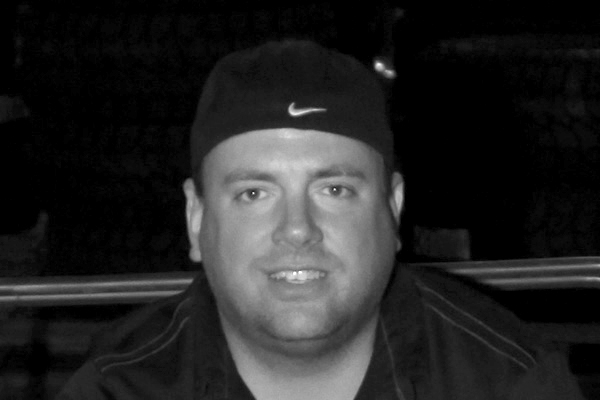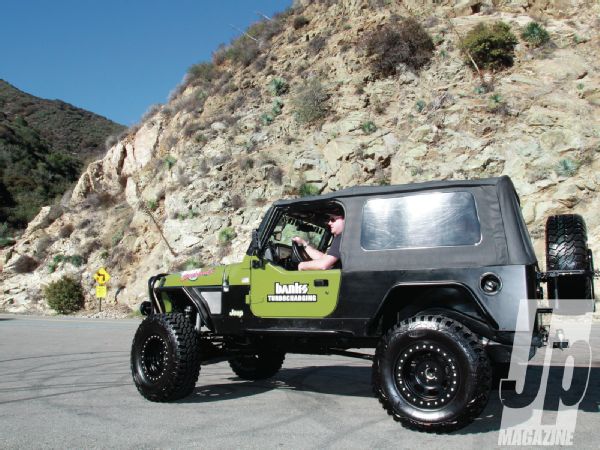
 Pete Trasborg
Brand Manager, Jp
Pete Trasborg
Brand Manager, Jp
We are such big fans of turbochargers that you might be tired of hearing us talk about them. The fact is that a turbo can be a great way to build more power, and the inline Jeep engines are so overbuilt they can handle boost with no problems. Many people feel that a turbo automatically means lag, but with a properly sized turbo that just isn’t the case. We’ve driven turbocharged Jeeps before, have turbocharged our own Jeeps, and we’ve been pushing companies for years to bring out a reasonably priced turbo kit for the Jeep 4.0L.

Well, we are happy to say that Gale Banks Engineering has listened and has come up with a remarkable turbo system with 50-state-legal status still pending as we go to press. With extensive experience in building turbo kits for bigger diesel-powered vehicles, we had high expectations for this kit and we weren’t disappointed. The kit is well designed and executed and features everything you need for installation. From the air intake kit to the bolt-on exhaust modifications, everything is here for you to get an average 45-percent bump in power. The kit fits ’991⁄2 to ’06 Wranglers. If your Jeep is a ’99 and you aren’t sure if this will work for you, the catalytic converters are key. If you’ve got two pre-catalytic converters, it will fit your Jeep.
But wait, there’s more! The basic kit sells for under $3,000 and can be installed in your driveway in less than a day. Compare that to $5,000 that most supercharger kits run that offer the same kind of power. We went to Gale Banks Engineering headquarters in Azusa, California, to get the exclusive on its new Wrangler turbo kit and hopped behind the wheel of the company’s ’06 TJ test mule.
We took the turbo Jeep over the same route we drove our ’01 Wrangler for an apples-to-apples comparison. Both Jeeps have 4.56 gears and 35-inch tires, but our ’01 has a manual transmission while the ’06 with the turbo has an automatic. On hills we had to shift into Fourth gear with the manual-equipped ’01, the automatic-equipped turbo Jeep often was able to climb the same hill in overdrive. Even with constant gas pedal input, boost would build, and the turbo Jeep was able to maintain speed up the hill, where we had to downshift and step on it harder with the non-turbo Jeep. It was a relatively cool day, but the turbo Jeep didn’t show any overheating tendencies, even with the stock radiator. The company tells us even in 100-degree weather, they haven’t had any problems with overheating.
 We didn’t hear any detonation, and even with a soft top, the wastegate and blow-off valve were hard to hear, making it difficult to tell it even had a turbo from the outside. From the driver’s seat the turbo spools up quickly, and you feel it building boost. However, it drives so nicely that if it weren’t for the boost gauge the unsuspecting passenger would be hard-pressed to tell what was changed under the hood.
PhotosView Slideshow
We didn’t hear any detonation, and even with a soft top, the wastegate and blow-off valve were hard to hear, making it difficult to tell it even had a turbo from the outside. From the driver’s seat the turbo spools up quickly, and you feel it building boost. However, it drives so nicely that if it weren’t for the boost gauge the unsuspecting passenger would be hard-pressed to tell what was changed under the hood.
PhotosView Slideshow











